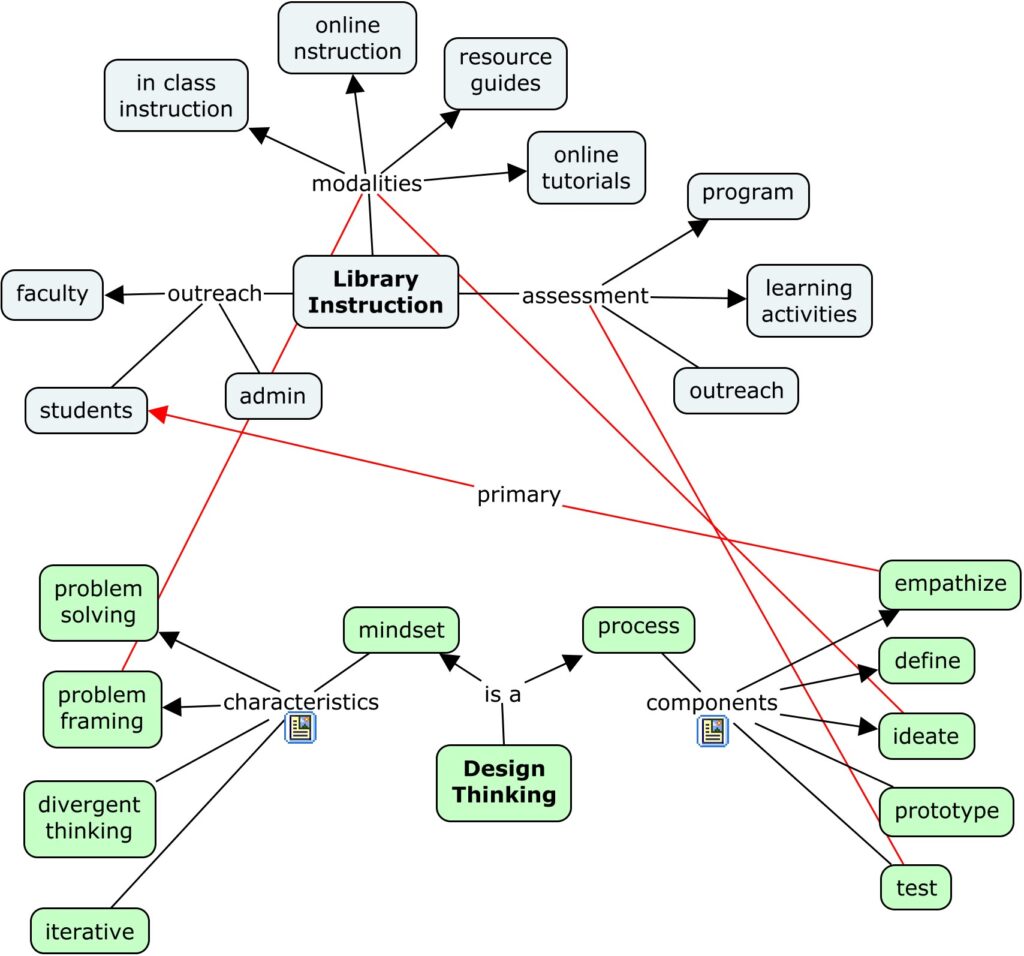
actual map at https://cmapscloud.ihmc.us/viewer/cmap/20Q2SFP9C-QZRGFG-1VY
This week’s topics gave me the opportunity to read Rachel Ivy Clarke’s library-focused book on Design Thinking. Her book does not look at design thinking specifically as instructional design, but rather as a core trait of librarianship. As such, she identifies it as both a process and a mindset. The process itself as explained in the Stanford guide could be read as a re-wording of ADDIE. The mindset makes the difference.
What are the possibilities of applying ID to the library instruction program as a whole? The major problem is we only reach classes where an instructor wants to bring the library in, and so only under the classroom instructor’s terms. But we have IL outcomes as defined by SUNY, and a framework from the ACRL. We could map out connections between one-shots and SUNY’s GE outcomes to get some sense of the breadth and depth of coverage currently. We could also map out where IL shows up in course LOs, either tacitly or explicitly, to see where else it is addressed.
If we look specifically from a Design Thinking perspective at the instruction program, we can draw connections with the stages.
Empathize
- observe – engage – watch & listen
- with students
- with instructors
- values – goals – motivations
- emphasis on the Why?
While students are our primary concern, we can only reach them through their instructors, so we need to empathize with both and consider their values, goals and motivations, and the reasons for them. We also need to articulate why info lit is relevant to their reasons.
Define
- problem formulation
- from user perspective
- for user needs
The core message that we are embracing in the library is that info lit skills are learning skills, which help students learn more effectively, efficiently and independently. This in turn should help instructors meet their goals more easily.
Ideate
- brainstorming – divergent thinking
- could involve prototyping
I’ve been in a process of slow brainstorming ideas to advance the instruction program for a long time. I’m challenged by both the complexities of the subject matter and the institutional bureaucracy.
Prototype
- Build to think communicate test variables
- fast & cheap – don’t get invested
One thing we’ve done to prototype is adapt an info lit toolkit, which collects lesson ideas and learning activities that address various aspects of info lit. Instructors who may not have room in their curriculum to work with the library may use these tools to take a DIY approach, although our stealth hope is that it will give them ideas on how and why they should work with us.
Test
- feedback on prototype
- increase empathy
- focus perspective
It’s early for feedback on the toolkit, but we hope to use it to start new conversations, where we might get a better shared understanding of each other’s perspectives and values.
Infographic
I used a concept map to visualize ideas related to Clarke’s book, the Stanford guide, and our library instruction program. That functions as a kind of infographic, but it’s a bit busy on one hand and in need of more detail and explanation on the other. Plus it was built without concern for aesthetics. So I decided to focus on the mindset/process duality that Clarke identified. My initial iterations of that were getting wordy, so I focused further on the process stages and considered how I might visualize them. I went to The Noun Project site to look for representative icons and found things I could work with. The entire process is iterative and recursive so I used a clockwise circular motion to represent the forward flow and internal arrows to indicate how stages can circle back for further development.
There is a trend over the past several years to apply the term infographic to elongated, text-heavy poster-like documents. I think the world could learn a thing or two from Tufte, while noting that I might include myself in that category. However, I have visualized the Design Thinking stages in a way that can be used to foster internal discussions among our librarians on how we may advance our instruction program.
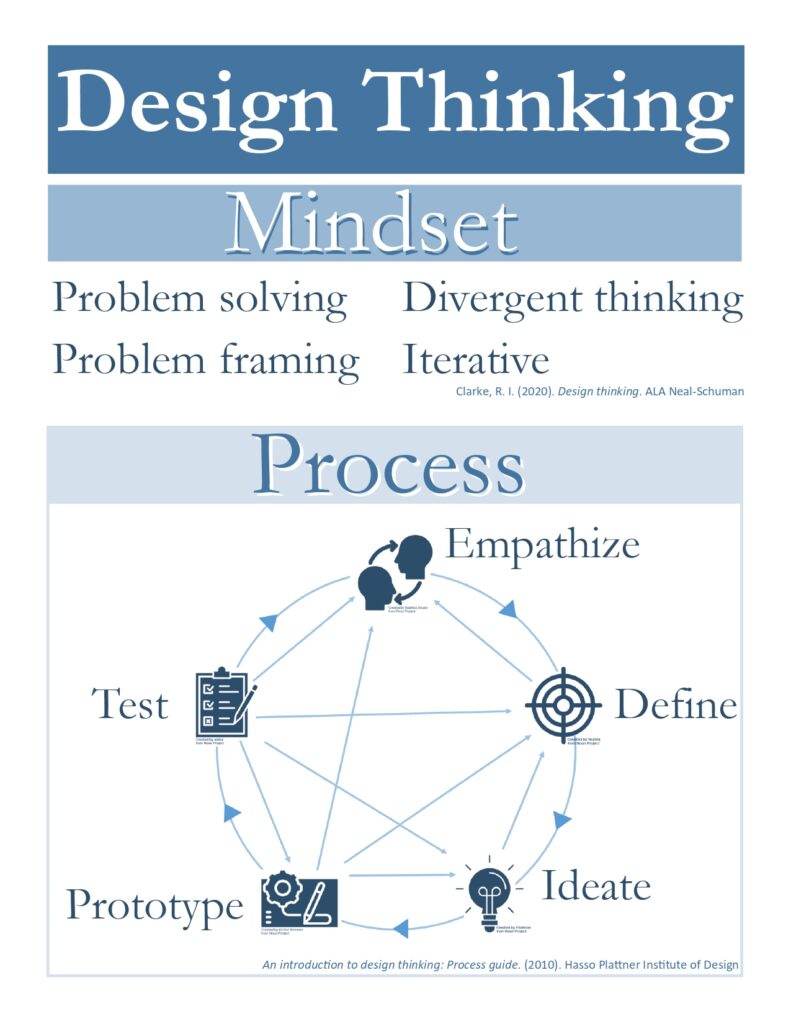


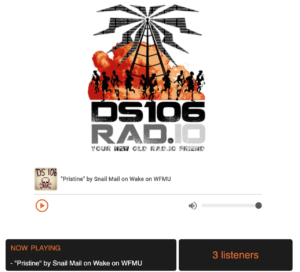
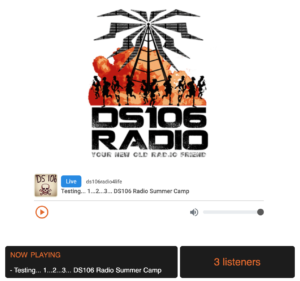

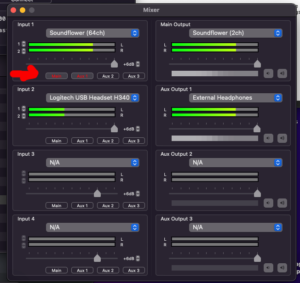

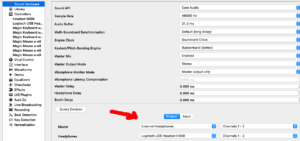

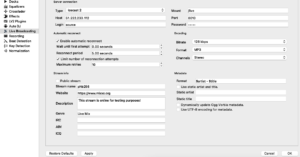
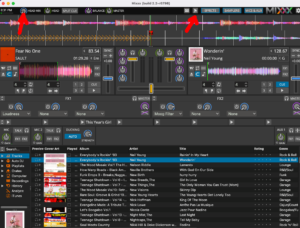
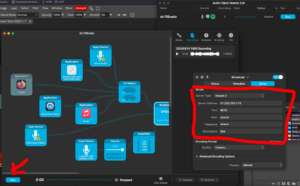

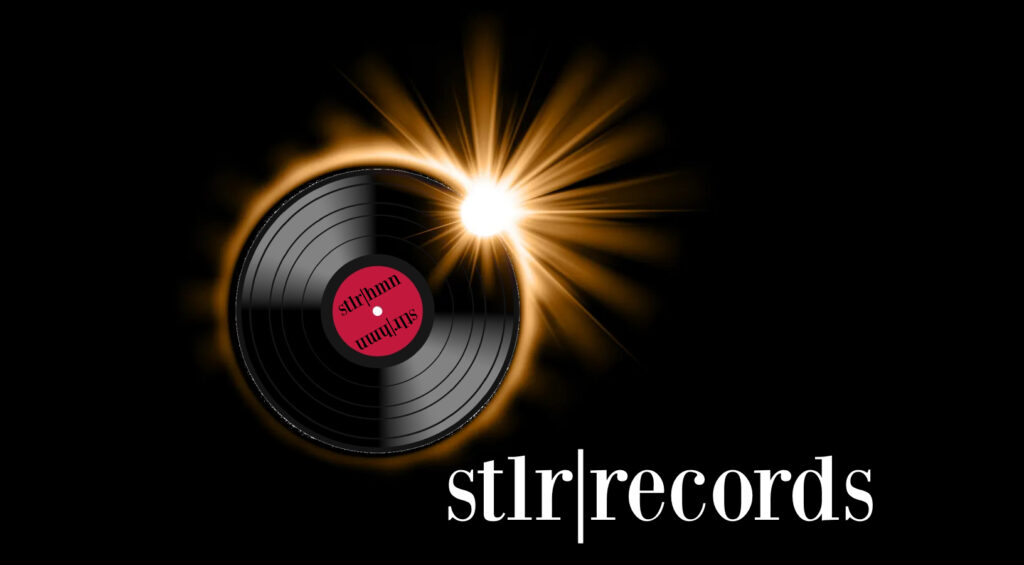
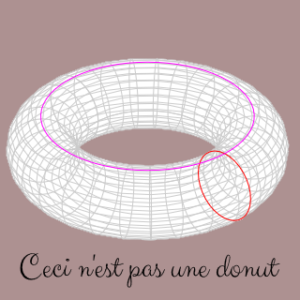 I signed up for a SUNY Learning Engineering Fellowship Program a while back, because it looked interesting and potentially useful, and I found the term intriguing. It’s a nine week summer program, when I also have to take three or four weeks of vacation, so maybe I should have thought that through a little better. Maybe i can negotiate some comp time for working on my weeks off.
I signed up for a SUNY Learning Engineering Fellowship Program a while back, because it looked interesting and potentially useful, and I found the term intriguing. It’s a nine week summer program, when I also have to take three or four weeks of vacation, so maybe I should have thought that through a little better. Maybe i can negotiate some comp time for working on my weeks off.


